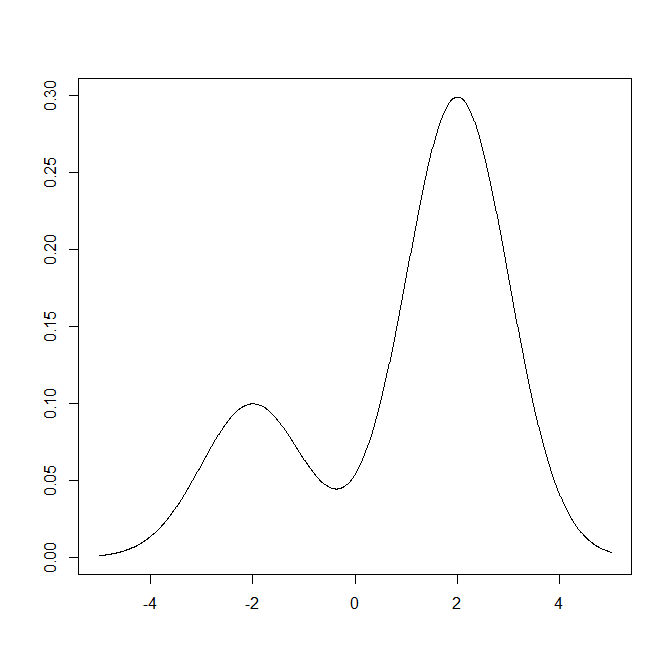Suppose a factory makes widgets, initially of one particular size. Its output might be described by a Gaussian distribution, where the mean represents the desired size of the item and the variance comes from well...variance in the manufacturing process (differences in operators' skill, impurities, etc).
During the next shift, the factory starts producing widgets of a different size. These products could also be described by a Gaussian with a new mean, the new size, and potentially a different variance (maybe smaller items are harder to make).
A Gaussian Mixture Model describes the combined output from all shifts, as if they were literally mixed together. It consists of a set of Gaussians, each with their own mean and variance, as well as weights denoting the contribution of each and a normalization constant that ensure the whole things sums to one. The "generative story" is that each item is produced by choosing a first choosing a Gaussian according to its weight, then drawing a sample from that particular Gaussian.
In practice, we often want to run this process in reverse. We assume that the samples were generated by a finite, fixed number of Gaussians, and via the E-M algorithm, recover the parameters of those Gaussians and the "mixing" weights. Armed with that, we can then find the most likely "generator" for each example. For example, we might know that the factory two sizes of items. Fitting a mixture model could tell us that the small size is 1L (with a variance of 0.1) vs the large's 3 ± 0.3L. Moreover, we could determine whether a particular item, measured at 2L is more likely to have come from the "small" or "large" batches.

